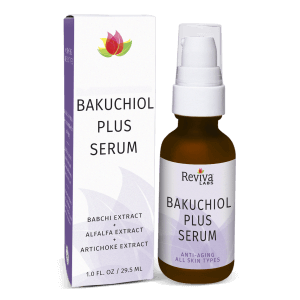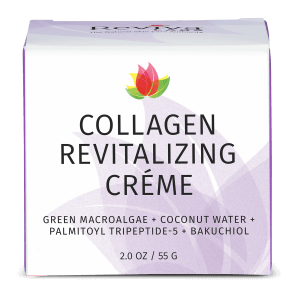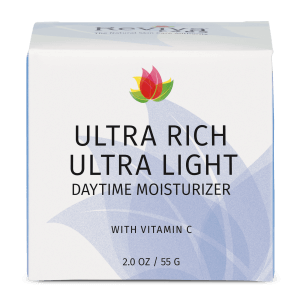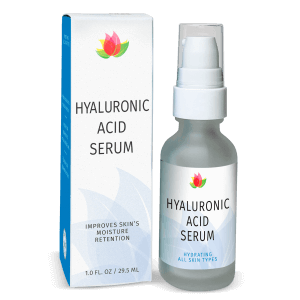Clean Beauty, Ingredients, Reviva Labs, Skin Care
Today’s Skin Flooding Trend is Simply What Reviva Calls Skincare Layering
The latest trend spreading through social media is a new spin on “Slugging” known as “Skin Flooding.” If this trend hasn’t shown up on your FYP yet, it likely will soon. Unlike slugging where you apply a serum, then a heavy thick moisturizer that’s a strong occlusive – with flooding, you’re applying multiple layers of moisturizers. Generally starting with wet to damp skin, you then apply serums and creams in successive layers – to lock in and amplify hydration.
Layering skincare is a great practice.
Skin flooding is simply what Reviva has called skincare layering for decades. We’re strong advocates of layering skincare for many reasons. Various formulas and key ingredients work better in different forms. You can provide sequential boosts to your skins’ moisture levels while optimally delivering similar or mutually beneficial ingredients. Moreover, your skin can only absorb so much at one time.
For nearly fifty years, we have been advocating layering, or skin flooding, of skincare products. We suggest combining the same components in different forms to take a multi-faceted approach to skin care. For instance, we suggest combining Reviva’s Vitamin C Serum, which contains three different types of Vitamin C and hyaluronic acid, with our Hyaluronic Acid Serum to bring together humectants and antioxidants. Then, you can either use our Ultra Rich Ultra Light Daytime Moisturizer with Vitamin C and Lactic Acid or our Alpha Lipoic Acid, Vitamin C Ester, DMAE Crème. After that, applying our Calming Renewal Serum with its Essential Fatty Acids (EFAs) can be beneficial. To finish up, you can then apply our Calming Rejuvenation Crème with its EFA rich formula and natural beeswax occlusive to lock everything in. All of this means that you are using a serum, moisturizer, face oil serum, and another moisturizer, creating a fantastic flood of skin-friendly moisture!
How do you get started with skin flooding?
First cleanse your skin with a gentle, non-drying cleanser, such as Reviva’s Sea Salt Cleanser. Rinse, but leave your skin damp. Or you can spritz on your favorite hydrating toner or facial mist. Next apply humectant rich serums. Serums which contain hyaluronic acid, glycerin, or polyglutamic acid. These ingredients will help “bind” the water to the skin. Follow-up with a cream moisturizer to “lock-in” the trapped moisture and to infuse other beneficial ingredients. You can even wait a short while and layer in additional creams that have more active ingredients too. Another optional step is to layer on a light oil-based serum. And of course, applying a sunscreen is always recommended.
For those struggling with dryness or dullness skin flooding could be a new arrow in your quiver of treatment. Apply layered moisturizing products can help trap and keep moisture close to your skin. Using moisturizers with EFAs and Ceramides and other NFM-based skin identical ingredients can help replenish and restore your skin’s natural moisture barrier.
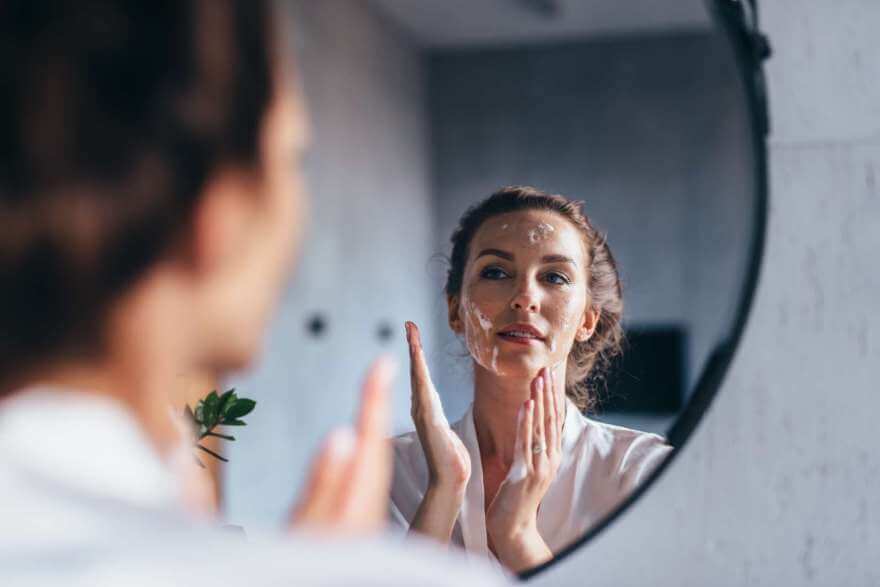
What are the potential pitfalls of skin flooding?
The major concern is using products that your skin doesn’t tolerate. Or skincare that contains comedogenic ingredients that might cause breakouts. If you’re cautious, and use products you’re familiar with, you should be fine. Or you can patch test a small area first – before slathering layers onto your face. Also be aware of the percentages of ingredients in each layer you apply. While marketing departments love to tout higher and higher percentages – there is a limit where more is not better. Higher percentages are not the same as optimal percentages and higher can translate into more skin reaction. And if you’re combing layer upon layer you need to roughly calculate the total combined amounts – if you can.
For the most part though, skin flooding, or skincare layering as we call it, should be beneficial in 99% of situations. Most people already do it in a simple form when they apply a serum followed afterwards with a moisturizer. With skin flooding you’re simply taking it to the hydrating extreme. You’re just compressing the time between layer applications – pushing the envelope of absorption without breaking it. Obviously, you don’t want to layer so much your skincare start “pilling” into little beads. This means your skin is already “full of moisture.” Or that you’ve used two or more products that might not be wholly compatible – or that which require more time between layers.
Most people can benefit from skin flooding. But those with dry or dull skin will see the most improvement. If your skin is already moisturized, you can focus instead on using serum and creams that have key beneficial ingredients to enhance your complexion. Skin Flooding or skincare layering (as we call it) is something that’s not hard to try – and will certainly offer you a moisture boost – even if you do it once or daily.







